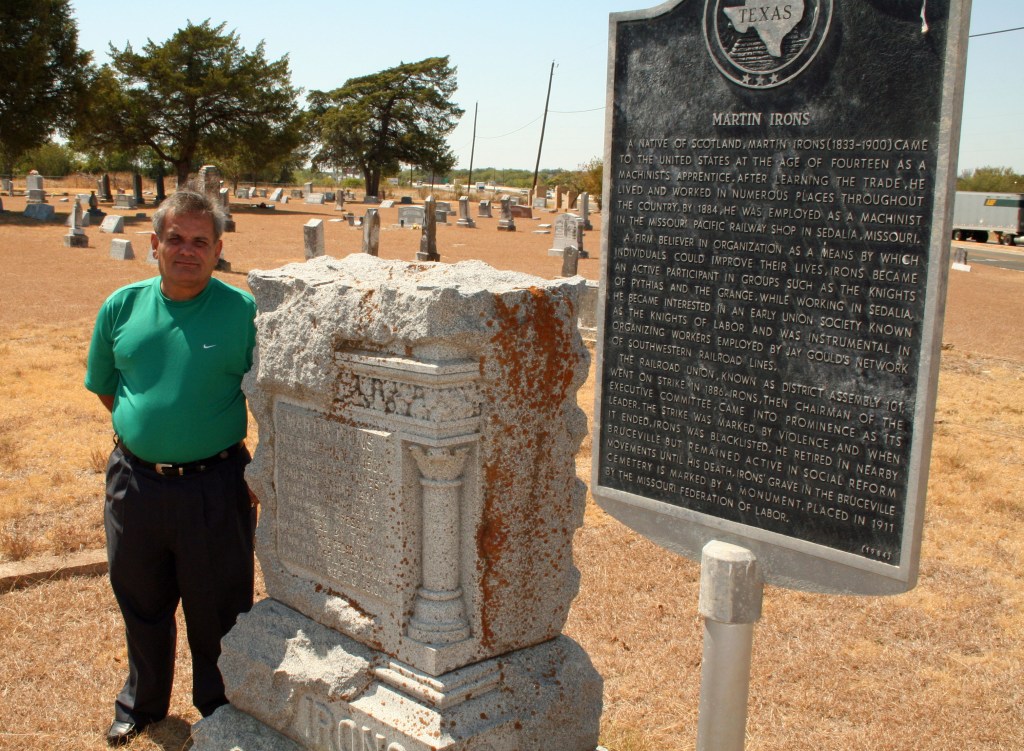This week’s developments, written up in the Washington Post and elsewhere, indicate new gains for fascism. Far-right politicians won their elections in The Netherlands and in Argentina. A new poll suggests that Donald Trump is 7 points ahead of Joe Biden. In order to assess the danger and its consequences, it is important to understand some history and some political science as they pertain to methods of government.
Jesus, Socialism, and Democracy
In the United States, confusion has been deliberately created to keep us from understanding. For example, our information sources regularly cross-mix economic systems, religious systems, and political systems. It is common to hear things like, “We prefer Jesus and democracy to socialism.” Thus, a religious symbol and a political system are counterposed to an economic system, to the confusion of all. I’m going to leave the discussion about what Jesus prefers for another time. I’m going to dispense with economic systems with only one sentence: socialism and capitalism are the only two economic systems worth worrying about today. And now, let us focus on political systems.
Three Systems of Governance
There are three systems of governance in world competition. They can be distinguished by their degree of self-governance. They are total democracy, partial democracy, and fascism.
If we had complete democracy, each of us would be able to affect decisions to the degree that those decisions affect us. In other words, you would have proportional say-so about everything that matters to you. That would include economic decisions and decisions on foreign policy. Such complete democracy may have sounded difficult to arrange in past centuries, but the internet now makes it relatively easy and close at hand. If we wanted, for example, we could cast a meaningful vote every day on our phones!
Currently in the United States, voters have practically no options concerning economic or foreign policy decisions. Did you ever vote to go to war or to stop a war? Did you ever have a vote on which factories would remain open and which would close? Voters in the U.S. have options on which of two political parties shall rule, on certain bond proposals or resolutions, and other matters; but not on the economics and foreign policies that affect them so greatly. We have partial democracy. From about 1776 to about 1980, our level of democracy seemed to grow. We overcame slavery. Poor men and, finally, women achieved suffrage. Poll taxes were ended. Some ballots were printed in various languages. The voting age was lowered. Some racial discrimination was overcome. As political obstacles were overcome, it was tempting to say that total democracy would eventually triumph, one success at a time. Those who gave in to that temptation overlooked an important fact: there is a class of very wealthy people who benefit from less democracy and have no intention of giving up their rule, especially over foreign and economic policies. This class of people continues to struggle to move democracy backward for their own benefit.
Partial democracy has a wonderful effect on production. After partial democracy leaped ahead in England centuries ago, their productive abilities soon outpaced the rest of the world. More-or-less willing workers are far more efficient than slaves or serfs, Soon, productive England dominated much of the world and would continue to dominate until less-democratic nations caught up or surpassed them. When productive powers became more equal between nations, their competition turned into the inferno named World War I. During that war and because of it, two controversial new possibilities emerged: total democracy and fascism.
In 1932 under Franklin Delano Roosevelt, the United States improved democracy and seemed headed toward total democracy. In the same period, Germany started moving the other direction, toward the total absence of democracy.
Why and How?
People either love or hate the Soviet Union and I have no intention of debating it here. I will assert only that it offered the possibility of total democracy. It was their intention that the people would have control over everything, including foreign policy and economics. It is important to mention that their productivity shot upwards as they struggled toward total democracy.
The worldwide economic disaster that began in 1929 discredited older political systems. Millions flocked to the new possibility of total democracy. The reactionary class was horrified!
In the United States, the reactionary class agreed to restrained and temporary improvements in democracy, as long as they were still in charge. In Germany, they agreed to Nazi power — again, as long as they were still in charge. The reason that the reactionaries in the two nations took different courses had to do with their different economic situations. The United States had many options. The Germans had only one, war against the nations that contained them. The reactionary rulers were taking risks with both forms of governance. They had to, because the forces of total democracy were strong and getting stronger in all nations. In neither case, however, did the reactionaries intend to give up their rule, and neither of them did.
Fascism Is a Choice
The wealthiest Germans temporarily embraced Hitler. The wealthiest Americans temporarily backed FDR. The Spanish military, with the help of the Catholic Church and military forces from fascist countries, installed a dictator, Generalissimo Francisco Franco. It is especially important to examine the case of fascist Spain. Through such an examination, one can see clearly that fascism is a choice of reactionary rulers. German fascism ended in flames. America’s “New Deal” democracy was eroded, and is eroding, away. But Spain simply gave up fascism and returned to partial democracy. No war nor revolution ended fascism in Spain. Franco died, and the reactionary rulers decided that partial democracy would improve their productivity. As with England in the 16th century, partial democracy improves productivity. Fascism, with less-willing workers, retards productivity.
One can look further than Spain and see that a number of nations have embraced fascism when threatened by total democracy. After the threat passed, they resumed partial democracy to raise their productivity. Examples are Argentina, Brazil, Indonesia, and Chile. It’s still going on. Fascism does not occur naturally. Natural social progress would suggest that partial democracy increases productivity, more democracy increases productivity more, and total democracy would increase productivity to its highest levels. Fascism retards that process and leads to less productivity. Fascism is unnatural and is a choice of the reactionary rulers, the wealthiest class.
There is Only One Way to Stop Fascism
As long as there is a reactionary ruling class, they will have the option of fascism and may choose it when they will. They have to be removed from power.
I’m on KNON.org’s “Workers Beat” radio talk show every Saturday at 9AM Central Time. My “Workers Beat Extra” podcasts are on knon.org and Soundcloud. If you are curious about what I really think, you might check out my personal web site




